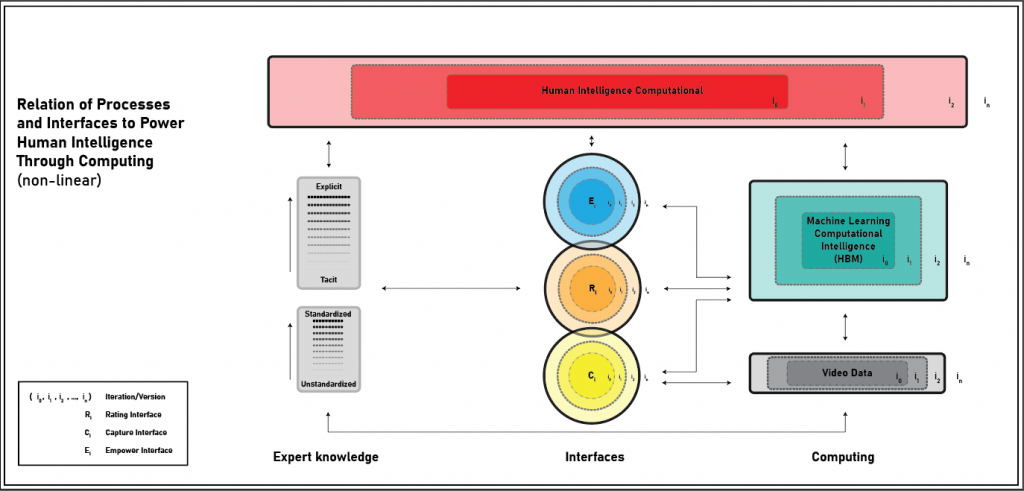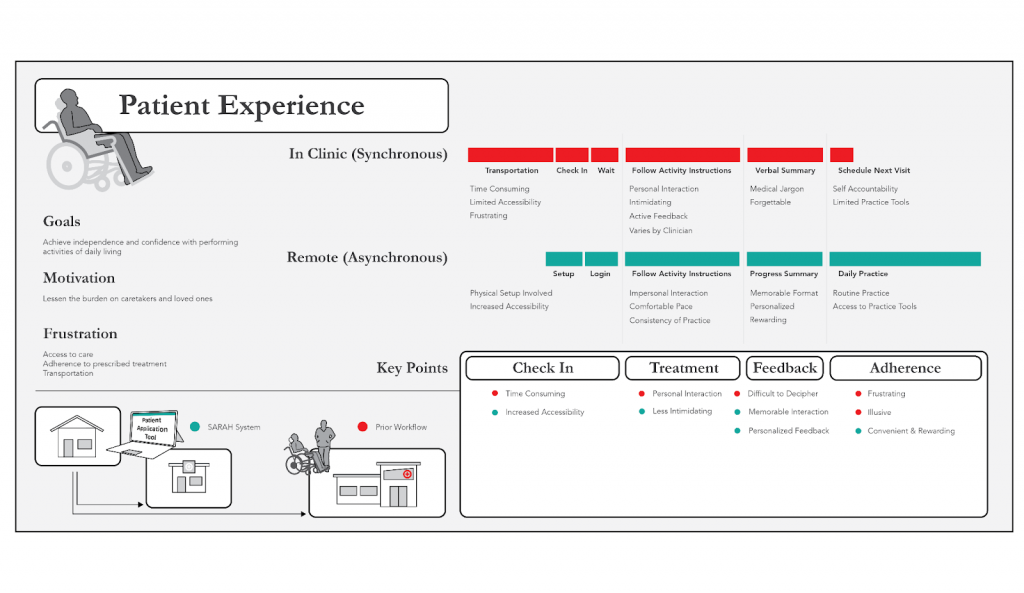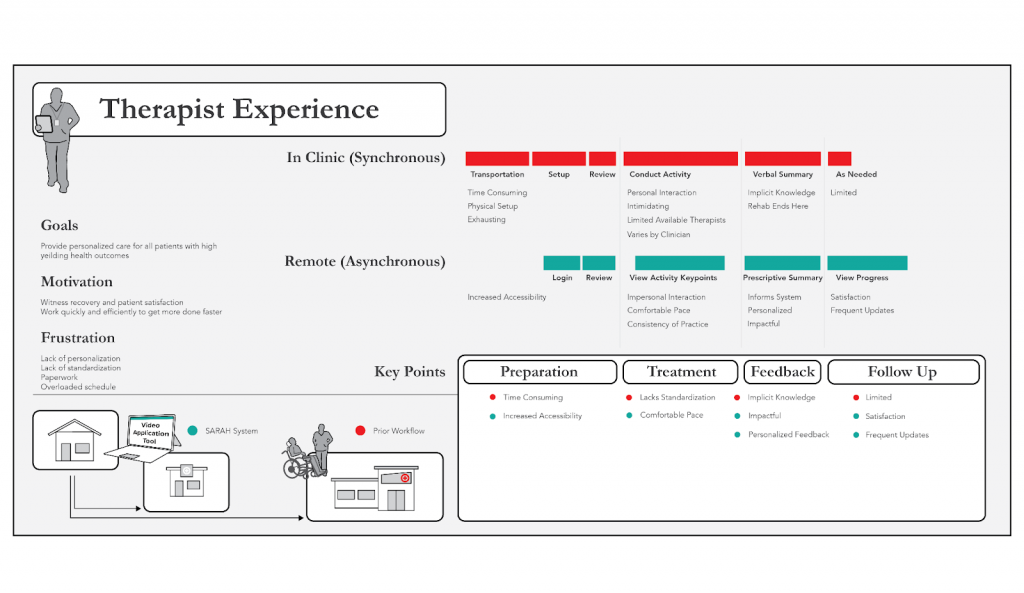Dr. Setor Zilevu is a Lead User Experience Researcher at Meta and a professor at New York University’s Tandon School of Engineering. He brings his expertise in computer engineering, computer science, and human-computer interaction to design innovative solutions to better understand human behavior and human knowledge.
As technology advances, we are witnessing a rapid increase in the use of artificial intelligence (AI) across various industries. However, while AI offers exciting new possibilities for improved productivity and efficiency, it also presents a challenge regarding user experience (UX). How can we create AI that is not only intelligent but also adaptable, trustworthy, human-centric, and even explainable?
This is where UX research and design come in. UX is about creating products and services that meet users’ needs, and AI is no exception. By combining AI and UX, we can create a new era of societal technology that is both collaborative and human-centric, enhancing user experience in industries like, but not limited to, education, retail, and healthcare.
AI is becoming ubiquitous in our lives. From the rise of ChatGPT, Dall-E, virtual assistants, and personalized recommendations, AI is transforming how we interact with technology. The global AI market is expected to reach $733 billion by 2027. However, as AI becomes more prevalent, it’s important to ensure it’s designed to enhance human ability, not replace it.

Covid-19 Accelerated the New Society Frontier
One way to ensure that human ability is enhanced is through the merger of UX and AI. In industries like education, retail, and healthcare, UX and AI can work together to enhance the user experience of products and services. As the world becomes increasingly digitized, companies must find ways to connect with their customers and meet their needs in new domains in hybrid, adaptive settings. This is especially true after the COVID-19 pandemic, which has forced businesses to adapt to new ways of serving their customers. For example, imagine a cyber-human system helping students learn remotely or a cyber-human approach to providing semi-automated feedback to stroke survivors. Throughout the last five years, I have worked on developing a systematic human-centric approach to merging UX and AI to understand human behavior to empower, not replace, us through AI.
The Z Methodology: Integrating Human and Computational Intelligence:
One of the key challenges in creating human-centric AI is understanding human behavior and cognition. This is where the Z-Methodology comes in. I have been developing the Z-Method as a collaborative and interdisciplinary approach to computational design that seamlessly integrates human and computational intelligence. The Z-Method is based on the idea of “tacit knowledge,” which refers to knowledge that is difficult to articulate and transfer to others. By combining human and computational intelligence, the Z-Method can reveal and augment tacit knowledge, leading to a more holistic understanding of human behavior and cognition. The Z-Method can be applied to a wide range of complex machine learning scenarios, from personalized learning to personalized healthcare. If utilized correctly, this approach can create collaborative, human-centric, and empowering technology that reimagines human intelligence. Machine Learning and Humans in Embodied Learning scenarios are usually at opposite spectrums. Machine Learning typically depends on clean, large datasets, whereas we have very noisy, highly variable, and limited datasets as it pertains to human learning, as shown below.

Transforming Embodied Learning through the Z-Method:
The potential for this merger of UX and AI is limitless, and the Z-Method is at the forefront of this innovative approach. One area where AI and UX can work together to create a more immersive and personalized experience is in the field of embodied learning. Embodied learning involves using virtual or hybrid environments to simulate real-world scenarios, allowing users to interact with the environment and learn by doing. Think of cooking, flying an airplane, or even sports as examples.
To make embodied learning more effective, we can apply UX research and design principles with complex machine-learning algorithms that capture and assess how humans move, think, and learn in embodied spaces. This approach can lead to a more personalized learning experience, where the system adapts to the user’s needs and preferences, making the learning process more engaging and efficient. For example, in medical education, students can use virtual reality simulations to practice surgical procedures with the help of trained surgeons, giving them a more hands-on learning experience. The system can analyze their movements and provide feedback, helping them improve their skills and gain confidence.
Another example in healthcare, virtual assistants powered by AI and UX can provide personalized advice and support to patients. The Z-Method can be used to create personalized treatment recommendations that take into account a patient’s individual needs and preferences. The Z Method was utilized over the last four years in this space to create the world’s first human-centric supervisor for assisting stroke victims. The approach and process discovered the mental models of patients and therapists through an iterative, participatory, mixed-methods approach to aid in developing the Machine Learning algorithms. The Z-method aims to redefine the patient and therapist experience by moving communication from synchronous to asynchronous.


The Z Method & customers
In retail, the Z Method can provide personalized recommendations to customers by understanding how they move through a store and interact with products; it can create personalized recommendations that are more accurate and relevant. Imagine walking into a clothing store and being greeted by a friendly sales associate who already knows your size, preferred colors, and style preferences. You might think this level of personalized service is only possible with a personal stylist, but with the Z Method, it’s now possible for AI to provide this level of personalized service.
Let us imagine a world where education is adapted to students’ learning styles rather than a fixed approach. The Z Method can create adaptive learning environments tailored to each student’s needs. By analyzing how students move, think, and learn in classroom settings, the Z Methodology can create personalized learning experiences that enhance student engagement and improve learning outcomes. This approach has the potential to revolutionize the way we think about education and provide students with a more personalized and engaging learning experience.
The Future of UX and AI
Let’s explore the possibilities of creating a new societal technology that is collaborative, human-centric, and empowering for all, with AI-infused experiences that are more efficient and that will guarantee to develop of AI-powered products that offer deeper insights into human behavior while holding our well-being as humans in the center.
As AI continues to become more integrated into our daily lives, the importance of UX research and design will only increase. The merger of user experience research/design and artificial intelligence has the potential to enhance user experience in industries like education, retail, and healthcare. Technology has transformed the way we live, work, and interact with each other. From the use of smartphones to smart homes, technology has become an integral part of our lives. With the advancements in AI, we are witnessing the dawn of a new era where the boundaries between humans and machines are blurring. In this context, User Experience (UX) research and design have gained significant importance as it seeks to enhance the interaction between humans and technology. AI and UX can potentially transform how we interact with technology and enhance our lives in countless ways. By leveraging the Z Methodology, we can create technology that is collaborative, human-centric, and empowering for all. Let’s explore the possibilities of creating a new societal technology that is collaborative, human-centric, and empowering for all.
* * *
Setor will give a talk at the design conference Design Matters 23, which will take place in Copenhagen & Online, on Sep 27-28, 2023. The talk, titled “Human Intelligence Reimagined: UX Meets AI—the Next Frontier in Societal Technology”, will explore how AI and UX can work together to enhance user experience in industries like education, retail, and healthcare while discovering how the innovative Z Methodology can seamlessly integrate human and computational intelligence to reveal and augment tacit human knowledge and behavior. Get your ticket here!
If you want to learn more and connect with Setor, follow him on LinkedIn, Instagram or visit his website.
Images: Stills from the Z Method, courtesy of Setor Zilevu. Cover image courtesy of Sebastian Svenson.










